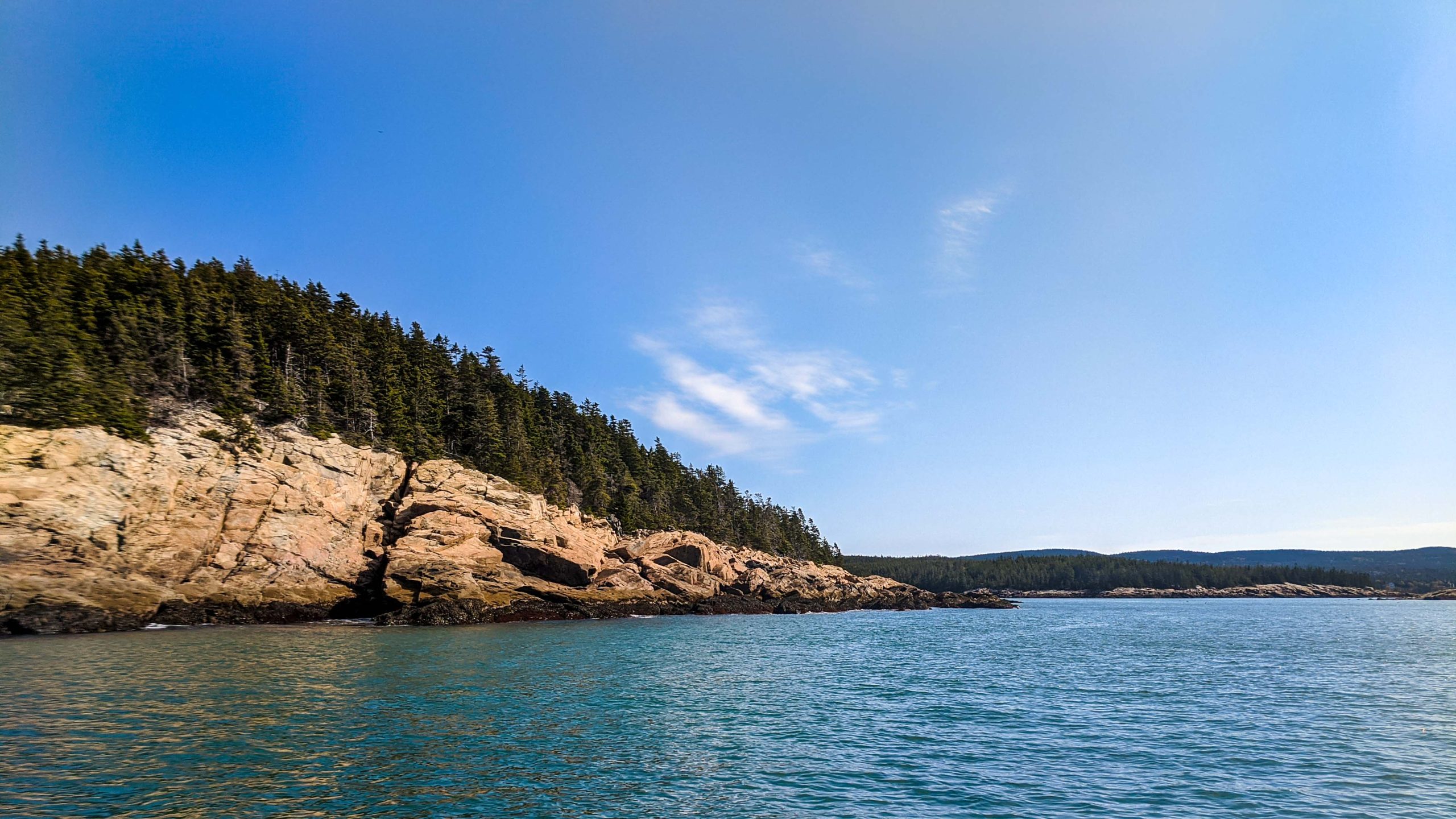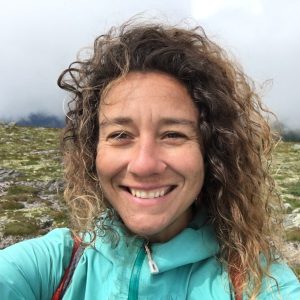
Using eDNA to Understand Environment, Community, and Maine’s Marine Economy with Phoebe Jekielek
By Caty DuDevoir, Media Intern

As environmental DNA (eDNA) becomes a more prevalent research tool, understanding where the most effective applications for it are and how it can help in the management of Maine’s working waterfront is essential. Likewise, as Maine’s aquaculture industry continues to expand, reflecting on how the aquaculture and wild species industries interact with their environments will inform how to best manage species, ecosystems, and the economy. Including fishermen and the community in answering these questions allows for a meaningful and effective use of research.
Phoebe Jekielek, a P.h.D. student in the Ecology and Environmental Sciences Graduate Program at the University of Maine (UMaine), advised by Heather Leslie (Director of the UMaine Darling Marine Center & Professor at the UMaine School of Marine Sciences) and Nichole Price (Senior Research Scientist at Bigelow Laboratory for Ocean Sciences), researches wild and aquaculture scallop populations.
“The first piece of my research is developing eDNA as a potential tool for monitoring commercially important species like scallops. The other component of my research focuses on the potential impacts of growing scallops in aquaculture and what that may mean in the long term for assessing their fitness and responses to a changing environment,” Jekielek explained.
At Bigelow Laboratory, Jekielek performed experiments to understand DNA generation and degradation over time for scallops. She will use the data to interpret the usefulness of eDNA in assessing wild and cultured populations. In order to test fitness (i.e., reproductive success), Jekielek turns to more traditional biological techniques such as fertilization experiments, where she will compare fertilization success between wild and aquaculture populations and generally monitor differences in the wild and aquaculture populations.
“One of the things that has always remained important to me is doing science that is useful to the constituents that it affects.” Jekielek explained that eDNA could help aquaculturists and researchers understand if more larvae are in a specific location, compared to others. By understanding where scallop populations are located and where they are reproducing, there can be more effective stewardship within the aquaculture and wild harvest industries.
“For a farmer, it can help inform where they put their spat bags, and for the wild harvest industry, it may help inform them where a good seed area may be, so they know not to drag there.” Jekielek continued, “These data can inform management where the harvest is allowed to happen or is not allowed to happen. I am trying to uncover what applications of eDNA are most helpful.”
Looking towards the future, Jekielek hopes that her research helps inform future management decisions within local communities while also engaging the communities in the research process. Like many of her peers, Jekielek is invested in the future of Maine’s waters and the questions that face these ecosystems.
“We are going to need to dig deeper into the ecological questions that are not considered as quickly as economic questions. Many decisions are based on the economy, but if we don’t support the ecosystem, we cannot support the economy,” Jekielek observed.
“There are many more ecological questions that feed into the aquaculture industry and the future of the Gulf of Maine. These are informed by our understanding of how organisms and ecosystems respond to the changes we are imparting on it in both a physical way and a climate-driven way.”
